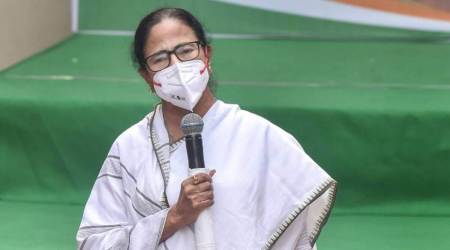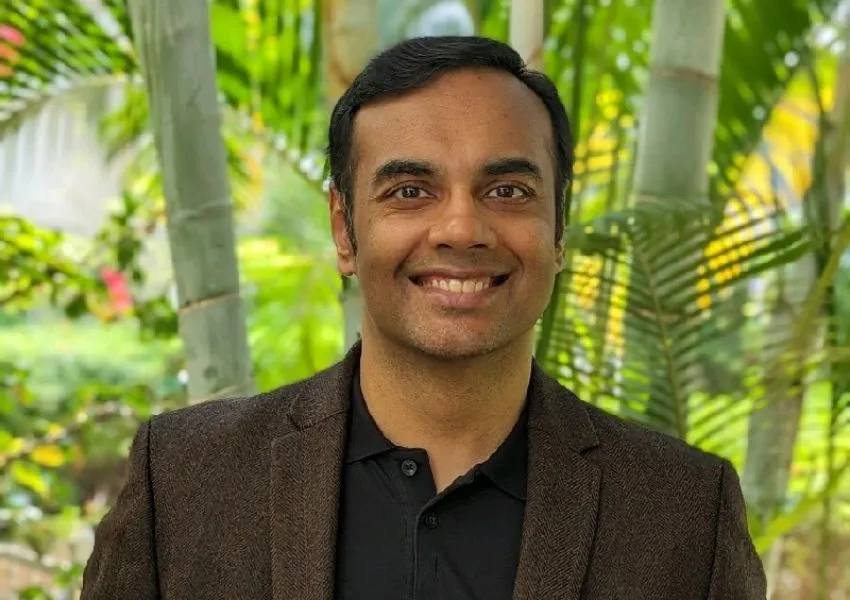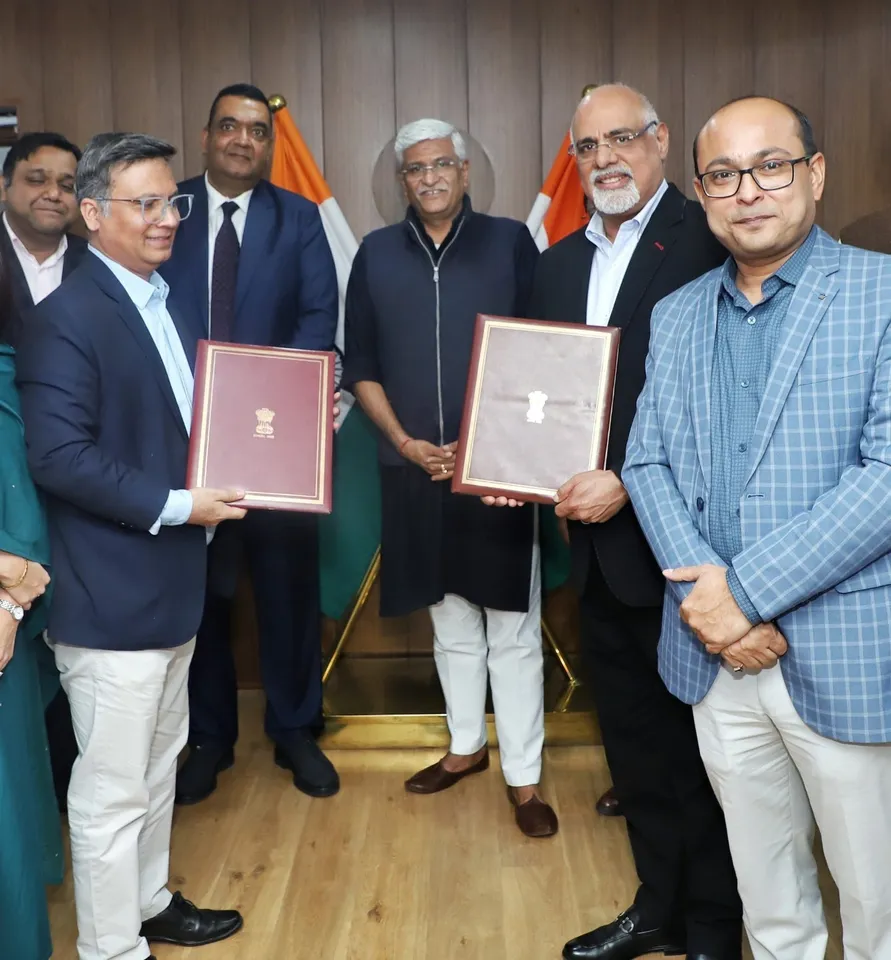Standing on the bridge on river Papagni in Andhra Pradesh’s YSR Kadapa district, Chirutani Pratap points to the shimmering rivulets in the dry river bed below. “We have begun seeing this only in the past two years. Usually, the river flows like a stream just for four months during the rainy season every year,” says the 50-year-old environmental engineer of the Andhra Pradesh water resources department about the unique transformation.
The change has been brought about by a string of subsurface dams (SSDs) on the Papagni, a non-perennial river which joins the Penna river in Kadapa. The purpose of SSDs, built across streams or valleys, is to establish an underground reservoir and to recharge groundwater. The structure relies on piling technology that drives zig-zag-shaped steel sheets 18 metres deep into the sand to form a wall of sorts across the groundwater channel and impound water in reservoirs below to increase the groundwater storage. In Kadapa, the dams were built between May 2017 and March 2018 at six slopes along a 34 km stretch of the river. By 2019, the increased water levels ranged from 5.19 metres at Gandi district to 14.64 metres at U Rajupalem.
“They are cost-effective, unlike the conventional concrete dams, and allow for minimal evaporation, which prevents the loss of stored water,” says Pratap. The SSDs have raised the groundwater table and allowed farmers in the vicinity to tap into this resource for at least four months even after the trickle on the river surface has dried. The cost of constructing SSDs is barely a tenth of that of conventional dams with the same storage.
In YSR Kadapa, since 80 per cent of the geological area is covered with sedimentary (shale and limestone) deposits that are impervious in nature, groundwater tends to deplete quickly. As a result, natural recharge is very slow. Data shows that since the construction of SSDs, the water levels in borewells in river-adjacent areas have been augmented and contribute to sustainable irrigation in the drought-prone district. As a result, the growth of the paddy crop during the kharif season has stabilised and a second crop, mostly sunflower, is also being grown during the rabi season.
The United Nations Convention to Combat Desertification suggested groundwater dams, such as SSD, as a technology suitable for economic storage of water in arid and semi-arid regions.
In the absence of budgetary allocations, YSR Kadapa district collector C. Hari Kiran banked on the mineral cess collected in the district and available for discretionary use to find the Rs 26 crore required for the construction of SSDs. “There have been many inquiries about SSDs from drought-prone areas,” says Kiran. “A minimum topographic riverbed slope of five to six metres is required. Suitable gradients, between 0.2 per cent and 4 per cent, which is usually the case in the transition zones between hills and plains, are the essential geographical circumstances.” Further, SSDs can be built where rivers are narrow, less than 500 metres wide, or in areas with already developed farms but ones that lack water for irrigation.
SSDs have changed the face of farming in YSR Kadapa within two years, and benefitted an area of around 8,000 acres.














